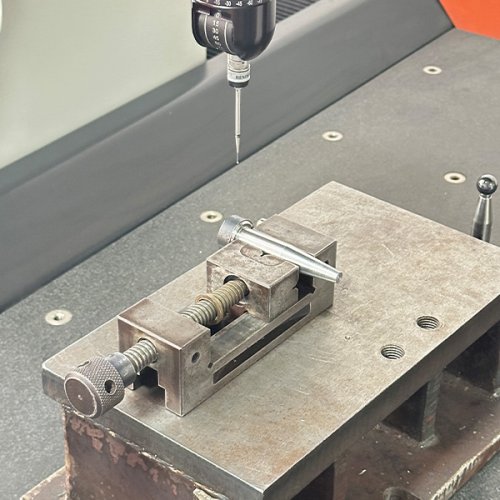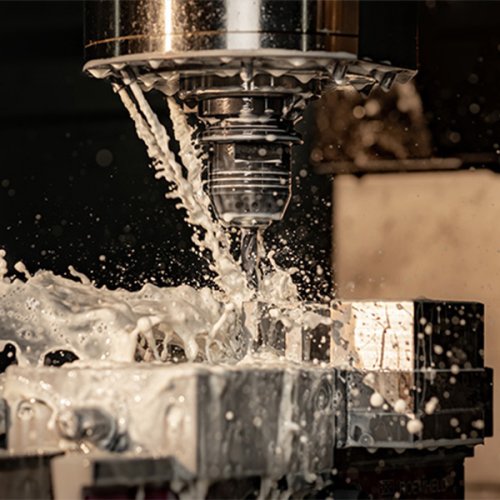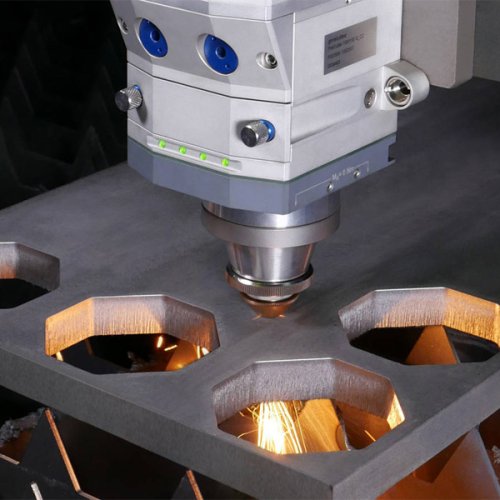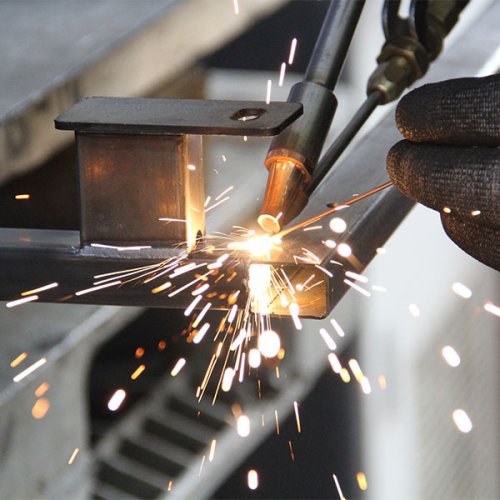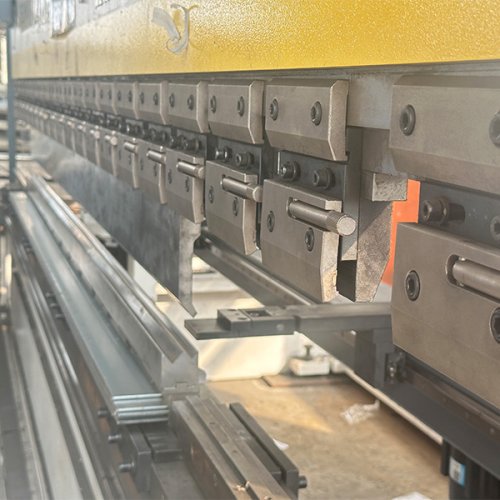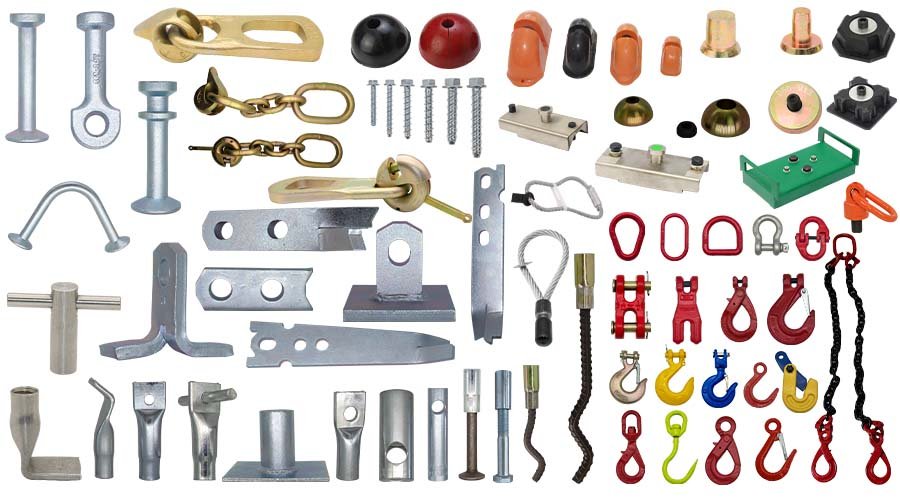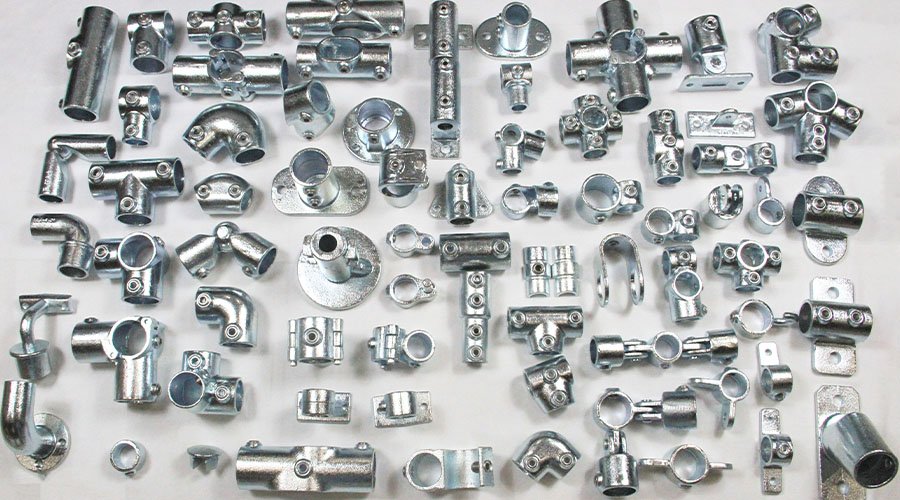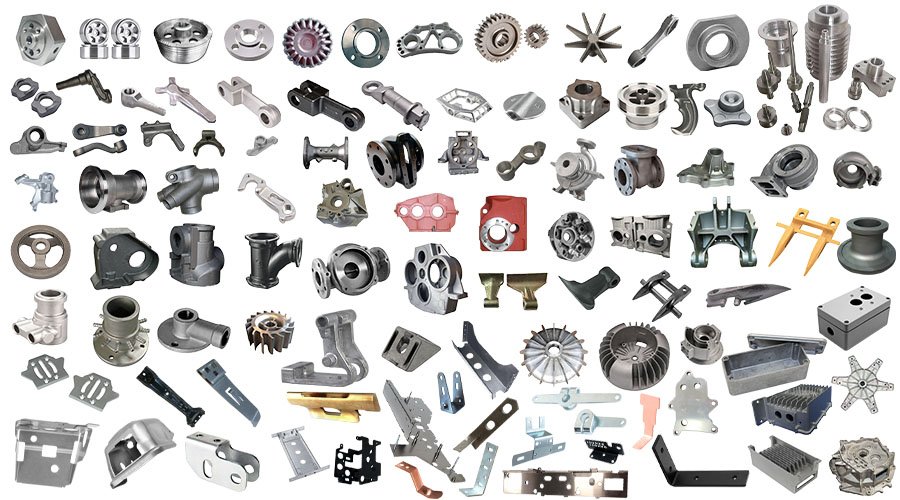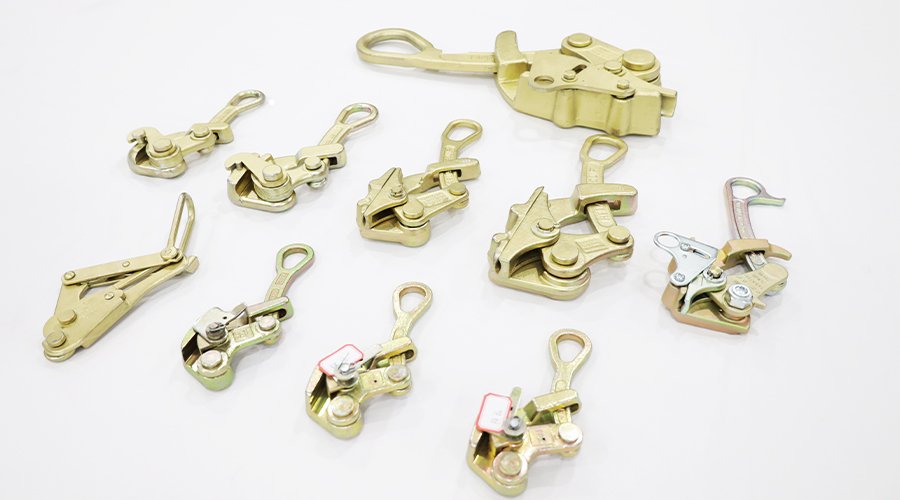Custom metal stamping can produce a wide variety of parts for industrial, commercial, and structural applications. Common examples include sheet metal brackets, enclosures, mounting plates, chassis components, and decorative trims. Parts may also combine stamping with cutting, welding, or bending to achieve unique shapes and functions. Each piece is manufactured to meet specific dimensional and quality requirements, ensuring reliable performance in its intended application.

 EN
EN RU
RU

